中国书院-英语PPT介绍
- 格式:ppt
- 大小:1.13 MB
- 文档页数:13
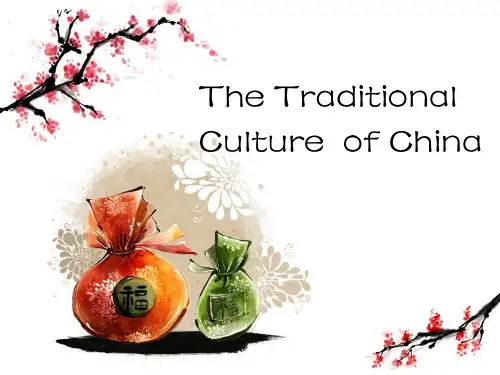
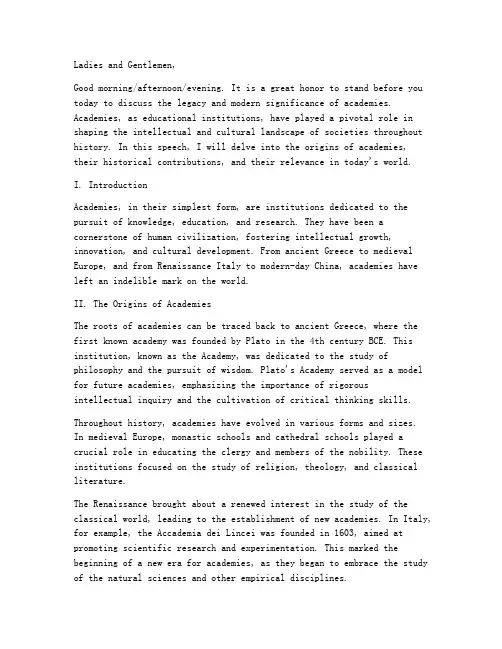
Ladies and Gentlemen,Good morning/afternoon/evening. It is a great honor to stand before you today to discuss the legacy and modern significance of academies. Academies, as educational institutions, have played a pivotal role in shaping the intellectual and cultural landscape of societies throughout history. In this speech, I will delve into the origins of academies,their historical contributions, and their relevance in today's world.I. IntroductionAcademies, in their simplest form, are institutions dedicated to the pursuit of knowledge, education, and research. They have been a cornerstone of human civilization, fostering intellectual growth, innovation, and cultural development. From ancient Greece to medieval Europe, and from Renaissance Italy to modern-day China, academies have left an indelible mark on the world.II. The Origins of AcademiesThe roots of academies can be traced back to ancient Greece, where the first known academy was founded by Plato in the 4th century BCE. This institution, known as the Academy, was dedicated to the study of philosophy and the pursuit of wisdom. Plato's Academy served as a model for future academies, emphasizing the importance of rigorousintellectual inquiry and the cultivation of critical thinking skills.Throughout history, academies have evolved in various forms and sizes.In medieval Europe, monastic schools and cathedral schools played a crucial role in educating the clergy and members of the nobility. These institutions focused on the study of religion, theology, and classical literature.The Renaissance brought about a renewed interest in the study of the classical world, leading to the establishment of new academies. In Italy, for example, the Accademia dei Lincei was founded in 1603, aimed at promoting scientific research and experimentation. This marked the beginning of a new era for academies, as they began to embrace the study of the natural sciences and other empirical disciplines.III. Historical Contributions of AcademiesAcademies have made significant contributions to human knowledge and progress. Here are some of their key historical contributions:1. Preservation and Transmission of Knowledge: Academies have been instrumental in preserving and transmitting ancient texts and knowledge. During the Middle Ages, monastic schools and cathedral schools played a crucial role in preserving classical texts that would otherwise have been lost.2. Advancement of Sciences: The establishment of scientific academies, such as the Accademia dei Lincei, marked the beginning of the modern scientific revolution. These institutions provided a platform for scientists to share their research, collaborate, and advance their fields.3. Cultural Development: Academies have been at the forefront ofcultural development, promoting the arts, literature, and philosophy. They have provided a space for artists, writers, and thinkers to gather, exchange ideas, and inspire one another.4. Intellectual Exchange: Academies have facilitated intellectual exchange between scholars from different cultures and backgrounds. This has led to the cross-pollination of ideas and the development of new theories and concepts.IV. Modern Significance of AcademiesIn today's world, academies continue to hold great importance. Here are some of their modern significance:1. Advancement of Research: Academies remain at the forefront of scientific research and innovation. They provide funding, resources, and infrastructure to support groundbreaking studies in various fields.2. Education and Training: Academies offer educational programs and training opportunities that help prepare students for future careers. They emphasize critical thinking, problem-solving, and the pursuit of knowledge.3. Public Engagement: Academies play a crucial role in engaging the public with scientific and cultural issues. They organize lectures, workshops, and exhibitions that make complex ideas accessible to a broader audience.4. Policy Development: Academies contribute to policy development by providing expert advice and research findings to policymakers. Their influence can lead to more informed and evidence-based decision-making.V. ConclusionIn conclusion, academies have a rich history and continue to be vital institutions in our world today. From their origins in ancient Greece to their modern significance, academies have been at the forefront of human progress, fostering knowledge, innovation, and cultural development. As we move forward, it is essential that we continue to support and invest in academies, ensuring that they remain at the heart of our intellectual and cultural endeavors.Thank you for your attention, and I welcome any questions or comments you may have.。
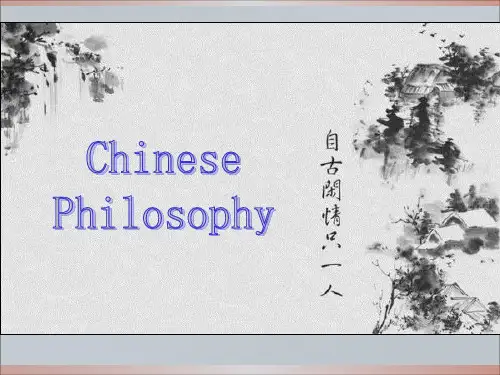
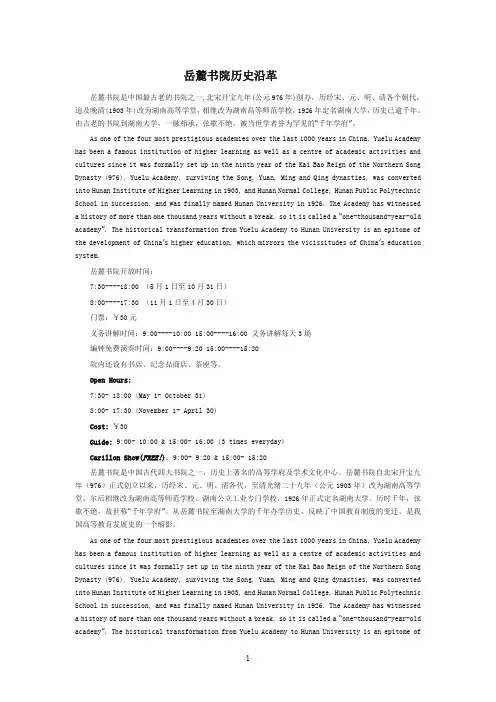
岳麓书院历史沿革岳麓书院是中国最古老的书院之一,北宋开宝九年(公元976年)创办,历经宋、元、明、清各个朝代,迨及晚清(1903年)改为湖南高等学堂,相继改为湖南高等师范学校,1926年定名湖南大学,历史已逾千年。
由古老的书院到湖南大学,一脉相承,弦歌不绝,被当世学者誉为罕见的“千年学府”。
As one of the four most prestigious academies over the last 1000 years in China, Yuelu Academy has been a famous institution of higher learning as well as a centre of academic activities and cultures since it was formally set up in the ninth year of the Kai Bao Reign of the Northern Song Dynasty (976). Yuelu Academy, surviving the Song, Yuan, Ming and Qing dynasties, was converted into Hunan Institute of Higher Learning in 1903, and Hunan Normal College, Hunan Public Polytechnic School in succession, and was finally named Hunan University in 1926. The Academy has witnessed a history of more than one thousand years without a break, so it is called a “one-thousand-year-old academy”. The historical transformation from Yuelu Academy to Hunan University is an epitome of the development of China’s higher education, which mirrors the vicissitudes of China’s education system.岳麓书院开放时间:7:30----18:00 (5月1日至10月31日)8:00----17:30 (11月1日至4月30日)门票:¥30元义务讲解时间:9:00----10:00 15:00----16:00 义务讲解每天3场编钟免费演奏时间:9:00----9:20 15:00----15:20院内还设有书店、纪念品商店、茶座等。
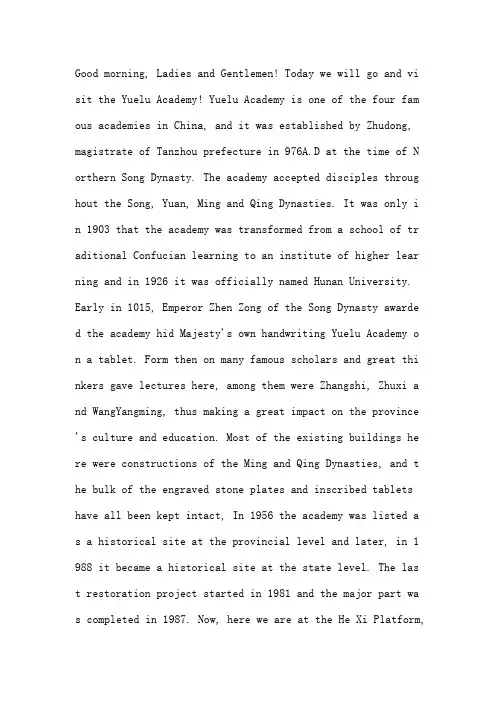
Good morning, Ladies and Gentlemen! Today we will go and vi sit the Yuelu Academy! Yuelu Academy is one of the four fam ous academies in China, and it was established by Zhudong, magistrate of Tanzhou prefecture in 976A.D at the time of N orthern Song Dynasty. The academy accepted disciples throug hout the Song, Yuan, Ming and Qing Dynasties. It was only i n 1903 that the academy was transformed from a school of tr aditional Confucian learning to an institute of higher lear ning and in 1926 it was officially named Hunan University. Early in 1015, Emperor Zhen Zong of the Song Dynasty awarde d the academy hid Majesty's own handwriting Yuelu Academy o n a tablet. Form then on many famous scholars and great thi nkers gave lectures here, among them were Zhangshi, Zhuxi a nd WangYangming, thus making a great impact on the province 's culture and education. Most of the existing buildings he re were constructions of the Ming and Qing Dynasties, and t he bulk of the engraved stone plates and inscribed tablets have all been kept intact, In 1956 the academy was listed a s a historical site at the provincial level and later, in 1 988 it became a historical site at the state level. The las t restoration project started in 1981 and the major part wa s completed in 1987. Now, here we are at the He Xi Platform,He Xi means the the splendour of the sunrise, It was named by Zhuxi, a great idealist philosopher of the Confucian sc hool during the Song Dynasty, The platform was first built on the top of Yuelu hill, by Zhanshi, and later in 1528, a pavilion was built on it, But it became deserted with the p assing time. In 1790 Luodian, the master of the academy, bu ilt a platform at the present site, In 1820, the succeeding master, Ouyang Houjun, renamed it He Xi Platform in order to memory Zhuxi and Zhanshi. It was restored in 1868. On th e inner walls of the platform are two big Chinese character s Fu and Shuo, which mean blessing and longevity respective ly. Legend has it that the Character Shuo was written with a broom soaked in yellow mud by a Taoist master at the time Master Luodian was attending a banquet in honour of the ex amination officials and those dispels who had passed the ci vil exam Hence it has been regarded as having celestial tou ch The character Fu was written by Luodian, the master hims elf. This gate in front of us is the Main Gate, the gate wa s formerly built at the time of the Song Dynasty, and was t hen called Central Gate. The main gate underwent both destr uction and reconstruction in the course of time. The presen t structure was once thoroughly renovated in 1868. The characters Yuelu Academy on the horizontal tablet were inscribe d by Emperor Zhen Zong of the Song Dynasty. It was presented as an award to Zhoushi, the master of the academy, when he was summoned to the emperor's presence. On both door post s are couplets which read The kingdom of Chu, unique home o f the talents, The Academy of Yuelu, the very cradle of all . It was composed in the Qing Dynasty by the master of the academy, Yuan Jiangang and his disciple Zhang Renjie. This gate was the Second Gate, It was first built in 1527 durin g theMing Dynasty. It underwent repairs and restoration many tim es .It was completely devastated during the Anti-Japanese W ar .In 1984, the gate was restored to its former state. Thi s is the Lecture Hall, where the students had lessons here, it was first built at the time of the Song Dynasty and was once named Jing Yi Hall. Now, it has a more elaborate name The Hall of the Loyalty, Liability, Honesty and Integrity, because on the inner walls of the hall are engraved four b ig Chinese Characters: loyalty, Liability, honesty and inte grity. They were handwriting by the great scholar, Zhuxi, w ho once lectured here. Others, such as the School Regulatio ns, the Administrations and Way to Read were masterpieces of the masters of the academy. On the two horizontal tablets hanging on top were written: Learn before you can probe th e infiniteness of the universe. The doctrines taught herei n the south are genuine Confucian doctrines. They were insc ribed by the emperor Kangxi and Qianlong respectively durin g the Qing Dynasty. The building in front of us is the Yush u Library, yushu literally means imperial books, so Yushu L ibrary, built in 999A.D in the early Song Dynasty, was a pl ace to keep imperial books. Books were continuously sent he re during the succeeding dynasties. The library was first n amed Classics Treasuring House in the Song Dynasty, Classic Venerating House in the Yuan and Ming Dynasties, and final ly Yushu Library in the Qing Dynasty. It had been repaired and expanded many times, and now it has a collection of ove r twenty thousand Chinese classics. This building was rebui lt on its original site in 1986. The two small pavilions Xi Quan and Ni Lan, built during the Song and Ming Dynasties, were restored to the right and left of the compound galler ies in order to display cultural relics。
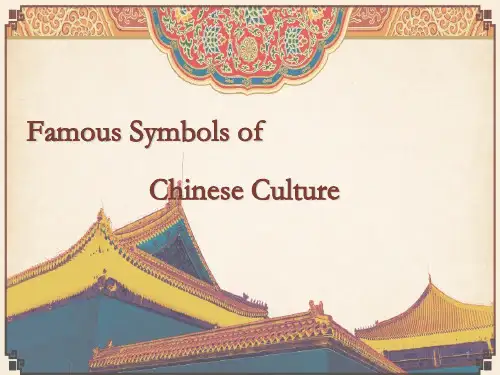

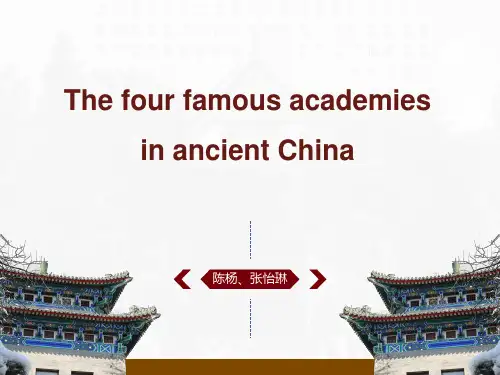
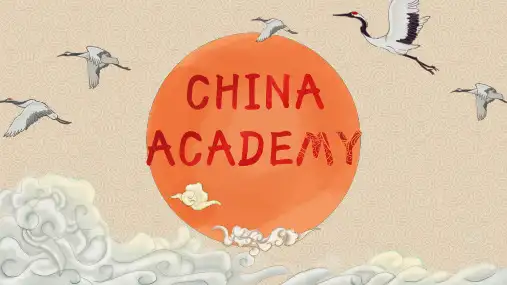
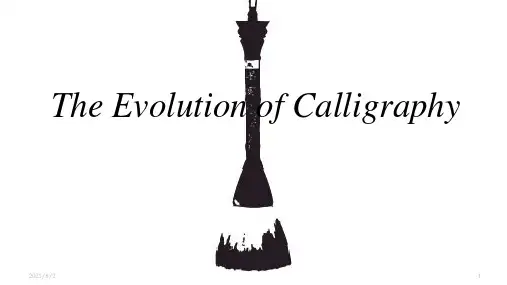
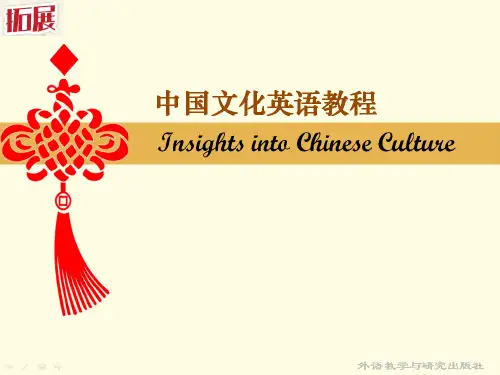
中国文化英语教程ppt131、,Lead-in,Text study,Exercises,Unit 13 A SilentArmy,Lead-in,He you watched the Chinese Movie Myth 神话)? Some scenes near the end are shot in this fantastic place. Can you guess where it is?,Qin Shi Huangs mausoleum,Lead-in,Location: Lintong District, Xian, Shaanxi ProvinceAn UNESCO World Heritage S2、iteThe Eighth Wonder of the WorldA Collection of SculpturesThe Terracotta (赤陶土) Army or the “Terra Cotta Warriors and Horses”,Introduction,Discovery of the Terracotta Army (兵马俑),Vivid Sculpture,Text study,Introduction,the Terracotta Army of the First Emperor of Qin: Renowned as one of the “Eight Won3、ders of the World” Is a great legacy of his military might, and also a superb paradigm of ancient Chinesesculpture.,Introduction,The Terracotta Army is a collection of terracotta sculptures depicting the armies of Qin Shi HuangIt is a form of funerary art buried with the emperor in BC and wh4、ose purpose was to protect the emperor in his afterlife.,Discovery of the Terracotta Army,Discovery time: March 1974,Discovery of the Terracotta Army,Terra Cotta Pit No.1 was discovered by local villagers who were digging a well on a piece of barren land in Xianyang. They came across unusual pottery5、 fragments. Archaeologists soon uncovered on the site a huge army of terracotta warriors and horses. They were interred (埋葬) with the remains of the First Emperor over 2,000 years ago. Altogether four pits (坑) housing thousands of terracotta warriors he been unearthed.,Discovery of the Terracotta7、t 6,000 soldiers(wearing suits of armor and holding bronze weapons),Discovery of the Terracotta Army,On either side of central echelon, there is a row of 10 soldiers, as flanks (侧翼) of the formation,Discovery of the Terracotta Army,At the back, more than 100 warriors stand, probably part of the rea、r guard.,Among the formation are 32 terracotta horses, with four drawing a wooden war chariot (战车).,Discovery of the Terracotta Army,Pit No.2 was discovered in the summer of 1976.,Discovery of the Terracotta Army,二号坑蹲射佣出土时原状A crouching warrior, just unearthed from Pit No. 2, his martial bearing unta9、rnished by the soil still on his face.,Discovery of the Terracotta Army,It has 4 battle formations, including over 1,300 soldiers and horses, more than 0 war chariots and tens of thousands of bronze weapons.,Discovery of the Terracotta Army,Formation 1Eastern SectionsA group of archers (弓箭手)Front:10、60 archers , standing upright Back: 160 archers , squatting on one leg and kneeling on the other,Discovery of the Terracotta Army,Formation 2 (To the right of Formation 1)Aformation of 64 war chariots in rows.Each chariot is drawn by 4 life-size horses.Behind each chariot stand 3 soldiers: The on11、e in the middle-hold the reins; the other two on the sides hold long-staffed weapons,Discovery of the TerracottaArmy,Formation 319 chariots, 264 infantrymen (步兵) horsemenIn 3 rowsAt the front of each horse stands a soldier, with one hand holding the reins and the other in the pose of pulling a bow12、.,Discovery of the Terracotta Army,Formation 4 A formation of 10 horsemen and 10 saddled horses in 11rows,Discovery of the Terracotta Army,Pit No. 3 was also discovered in the summer of 1976. (West of Pit No.1)凹 shape, allest, only 6 warriors inside,Discovery of the Terracotta Army,Pit No.4 An13、 area of about 5,000 sq.m. located between No.2 and3,Vivid Sculpture,The terracotta warriors and horses caused a sensation upon their discovery, not only because of the impressive size of the army, but also due to the masterful craftanship of the sculptures.Two features Life-size: soldiers about14、1.5 meters tall; horses about 1.6 meters in height Various and distinctive:,Vivid Sculpture,Various and distinctive: vivid expressions; distinctive in terms of hairstyle, eyes, eyebrows, nose, lips, ears and beards, showing their individual age, position and personality.,Vivid Sculpture,The origina15、l figures were colorfully painted, but most of the color was lost after long years of burial.,Vivid Sculpture,跪射俑 Acrouching archer, in Pit No. 2, a fine example of sculptural art of the time,Half-squatting, half-kneeling Hair tied in a knot Suits of armor over war robes,The posture clearly shows t16、he tension of the process of shooting,Vivid Sculpture,立射俑头像 Head of a standing archer, in Pit No. 2 his eyes observing the enemy in the distance,Highly alert expressions: eyebrows lowered, nostrils slightly flaring ears alert,Vivid Sculpture,Horses (over 600),2 for pulling chariots One for17、 calrysteeds,Exercises,Comprehension,Communication,Application,Com prehension,l. Skimming and ScanningGo through the passage quickly and answer the following questions briefly. 1) What is the significance of the Terracotta Army of the First Emperor of Qin?It is not only a great legacy of the First1、 Emperor of Qins military might, but also a superb paradigm of ancient Chinese sculpture. 2) Which of the four pits is the largest? How large is it?Pit No. 1 is the largest, with an area of more than 14,000 square meters.,Comprehension,3) What are the four formations in Pit No.2?The four formations19、in Pit No. 2 are one of archers in the east, one of war chariots to its right, a bigger chariot formation in the middle and a formation of horsemen and saddled horses to the left.4) What was Pit No. 3 probably intended as?Pit No. 3 was probably intended as headquarters of the left, central and right21、 impressive size of the army and the masterful craftanship of the sculptures.,Comprehension,7) What is Paragraph 11 mainly about?Paragraph 11 is mainly about the detailed description of the sculptures, showing how vivid they are and how masterful the craftanship of the sculptures is.) How many22、terracotta horses are there in the three pits?There are more than 600 terracotta horses in the three pits.,Comprehension,II Careful Reading? 1. Read the passage carefully and choose the best answer to each of the following questions. From Paragraph 2, we can infer that _. A. the Terracotta Army was23、dug out by villagers in Xianyang B. the archeologists discovered the Terracotta Army by chance C. the warriors and horses were made of pottery D. the Terracotta Army was designed by the First Emperor,C,Comprehension,2) Which of the following is NOT found in Pit No. 1? _A. Soldiers. B. Commanders. C.24、 Archers. D. ChariotsThe formation of Pit No. I can be divided into _ main parts.A. 2 B. 3 C. 4 D. 5,C,B,Comprehension,4. One of the differences between Pit No. 2 and Pit No. 1 is that _. A. the former has more soldiers than the latter B. the former has more war chariots than the latter C. the soldi25、ers hold more modem weapons in Pit No. 2 D. the war chariot was drawn by horses in the former rather than by soldiers as in the latter.,B,Comprehension,5) Which of the following is NOT true about Pit No. 3? _A. It lies to the west of Pit No. l.B. It looks like in a 凹 shape.C. It has the least warrio26、rs among the four pits.D. It was not finished probably.6) The examples in Paragraph 12 are used to illustrate _. A. how vivid the warriors and horses are B. how impressive the size of the Terracotta Army is C. what kind of suits people wore at that time D. how attentive the soldiers were,C,A,Compreh27、ension,What is implied but not stated in Paragraph 12? Each of the archers hair was tied in a knot.The bows and arrows were preserved underground. C. The archers were waiting for the order to shoot. D. The archers were in the half-squatting and half-kneeling posture. ) The sculpture of the horses a29、arters,Communication,The following is a passage about the Terracotta Army. Read it and retell the sy in English.秦始皇从13岁开始,就为自己修建陵墓,这是一项浩大的工程。